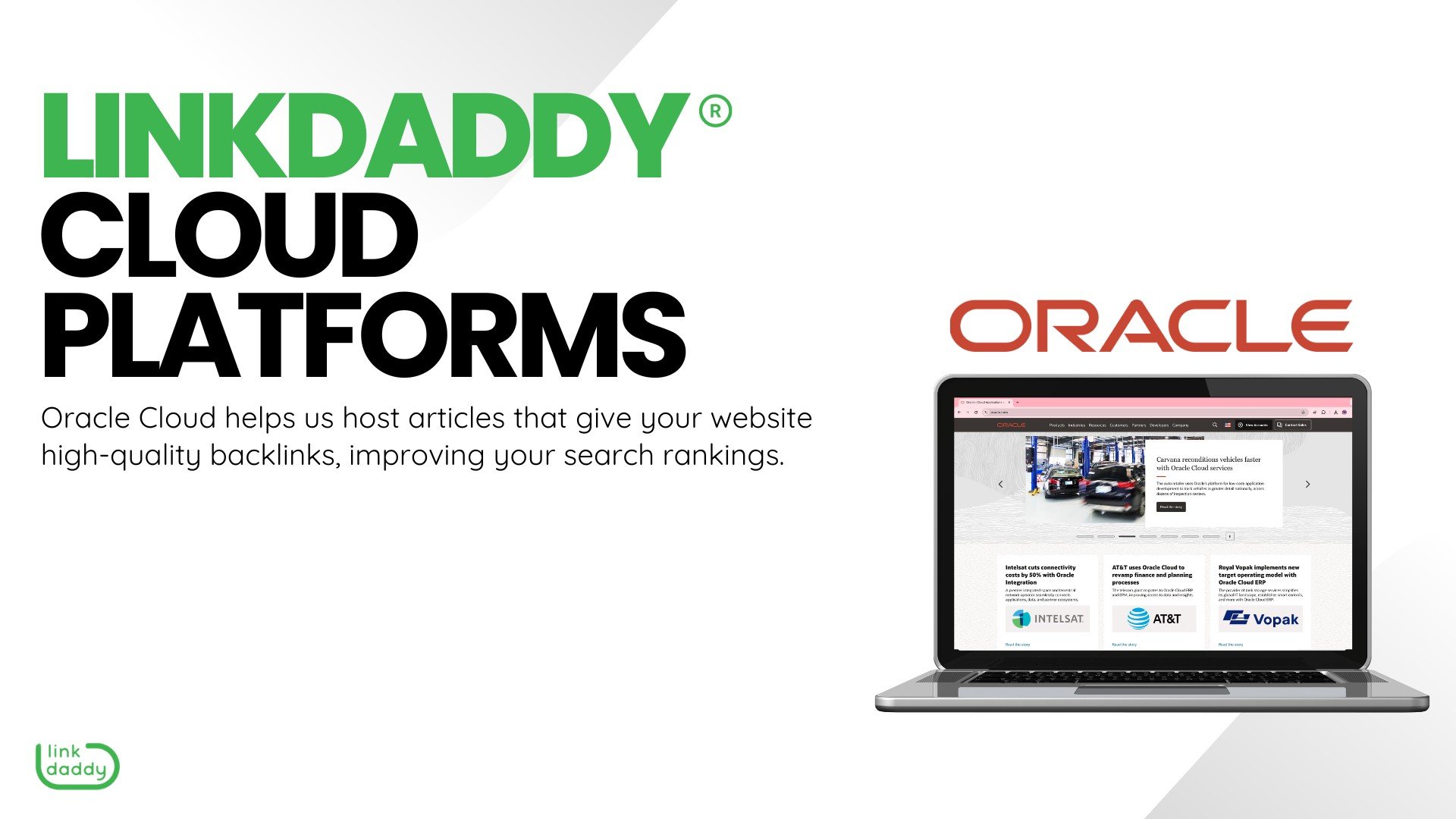Navigating the Cloud Services Landscape: Tips and Best Practices
In the rapidly advancing world of cloud services, organizations encounter a wide range of difficulties and choices when it involves browsing the complex landscape of cloud offerings. With a myriad of solution models, differing safety and security considerations, and price optimization techniques to consider, the job of selecting the ideal cloud provider can be discouraging. Nevertheless, by recognizing essential ideal methods and pointers for successful cloud fostering, companies can tactically place themselves for improved performance, flexibility, and scalability in their procedures.
Understanding Cloud Solution Versions
Browsing the landscape of cloud services begins with a clear understanding of the different cloud service designs readily available in the market. Cloud computing uses 3 key solution versions: Infrastructure as a Service (IaaS), Platform as a Service (PaaS), and Software Application as a Solution (SaaS) Each design gives various degrees of abstraction and monitoring duties for users.

Platform as a Solution (PaaS) supplies a platform allowing customers to create, run, and take care of applications without the intricacy of building and maintaining the framework. PaaS offerings consist of advancement tools, database monitoring systems, and service analytics services.
Software as a Solution (SaaS) provides software application applications over the internet on a registration basis. Customers can access these applications with a web internet browser, getting rid of the need for installment and maintenance. Popular SaaS applications include client relationship monitoring (CRM), e-mail services, and workplace productivity devices. Comprehending these cloud service designs is essential for picking the ideal fit for your company's goals and demands.
Evaluating Safety Factors To Consider
Security considerations play an important role in the assessment of cloud services to make sure information security and personal privacy. When analyzing cloud service companies, it is important to prioritize safety functions and procedures.
Moreover, examining the service provider's physical safety and security steps at data centers, consisting of accessibility controls and security, aids alleviate prospective dangers. Executing multi-factor authentication and solid password plans adds another layer of defense versus cyber hazards - linkdaddy cloud services press release. Routine safety and security audits and penetration screening can likewise identify susceptabilities and make sure constant improvement of security actions
Expense Optimization Strategies
Along with focusing on safety and security features and procedures when assessing cloud provider, it is vital to implement expense optimization strategies to maximize functional efficiency and economic resources. One reliable expense optimization strategy is to consistently evaluate and readjust your cloud usage based upon actual demands. This involves surveillance resource application, identifying underutilized circumstances, and scaling resources up or down appropriately. Utilizing reserved circumstances or spot circumstances, where applicable, can likewise bring about considerable price savings. One more approach is to leverage serverless computer solutions that charge based on real use as opposed to pre-allocated capability. Furthermore, executing automated organizing for non-production circumstances to shut down during off-peak hours can help in reducing expenses. Furthermore, taking into consideration multi-cloud or hybrid cloud techniques can give cost benefits by using the toughness of various companies for different work. By proactively implementing these cost optimization techniques, services can simplify their cloud expenses while maintaining optimal performance and scalability.
Selecting the Right Service Company
When selecting a cloud solution provider, organizations need to carefully review essential variables to guarantee optimum performance and cost-effectiveness. It is crucial to select a provider with a tested track document of high availability and durable calamity healing actions.
Another crucial factor to consider is data safety and security. When selecting a solution copyright, companies need to focus on the safety and privacy of their information. Seek service providers that use solid security, routine safety audits, and conformity accreditations to make sure data defense.
Scalability is likewise an important aspect to analyze. As business needs progress, the cloud company need to provide versatile scalability alternatives to fit growth or changes in need effectively. This makes sure that organizations can conveniently readjust their sources without sustaining unneeded expenses.

Carrying Out Cloud Migration Program
To successfully shift to shadow services, services have to carefully strategize and implement their cloud migration plans. Organizations should carry out a image source thorough evaluation of their existing IT framework, applications, and data to establish which components are suitable for migration to the cloud.
After the analysis stage, businesses require to create a detailed migration method that lays out the timeline, source allocation, and vital milestones for the migration project. It is important to include essential stakeholders from different departments to ensure alignment with company objectives and reduce interruptions during the migration process.
Furthermore, organizations should consider variables such as information protection, conformity demands, and scalability when choosing cloud provider and migration tools. Normal interaction, testing, and tracking are also necessary to address any kind of Click Here concerns immediately and guarantee a successful movement to the cloud. By adhering to these finest practices, businesses can properly execute their cloud migration strategies and open the benefits of cloud services.
Verdict

With a myriad of solution versions, varying safety considerations, and expense optimization approaches to consider, the job of picking the right cloud service copyright can be daunting.Navigating the landscape of cloud solutions starts with a clear understanding of the various cloud service designs readily available in the market. Cloud computer offers three main solution versions: Infrastructure as a Service (IaaS), System as a Solution (PaaS), and Software Program as a Service (SaaS)To successfully shift to cloud solutions, organizations must carefully strategize and perform their cloud movement click this strategies (Cloud Services). By complying with these finest techniques, organizations can properly implement their cloud movement strategies and open the advantages of cloud solutions
Comments on “Exploring Cloud Services: Secret Perks and Applications”